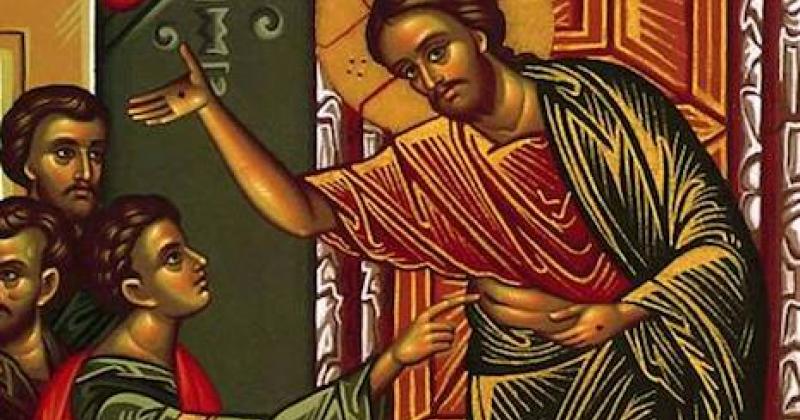Who am I? There are many ways of answering this question. We are partially forged by our DNA, which directly impacts our biological makeup, like an identity card that grants us membership to society, genealogy giving us access to ancestry. We each have our personal history, an individual pathway and convictions, our languages and cultures.
None of these elements in isolation makes up our identity completely. And what part does spiritual identity play? Are questions of identity situated in the realm of sociology or philosophy? Does it change? Does it vary with the highs and lows we go through in life?
The Gospel stories we read at Easter time address real identity crises among the disciples as well as Jesus. After his death on the cross, Jesus can no longer be described in terms whose meanings are rooted in time and space. His new form escapes any attempt at description related to our everyday categories, even the most exceptional.
He appears among the living and establishes relations of a new order. His encounters with people made deep impressions on those who left testimony.
Today’s reading is composed of two rather distinct narrative scenes. The first tells of Jesus’s appearance among a group of friends who are petrified by fear. In the second he goes to a man alone who is immersed in very human dilemma, one that could afflict any one of us.
In both cases, these disciples of Thomas are arrested in their lives. The death of their leader brought a sudden halt to any joy in life. Worse, his death makes them doubt their faith. Hadn’t they put all their hope in God and welcomed Jesus as the chosen one sent by Heaven? Had God been cheated by the terrible cruelty of humans? No amount of deliberation can resolve this religious impasse.
The change comes from elsewhere. Jesus has unhindered access to the deepest doubts. Imprisonment, voluntarily or by force, has no power over him, but rather it reveals his voice from beyond the grave.
There is a parallel that can be drawn between these Gospel scenes. They both demonstrate Jesus’ will and ascendancy, referring to him as “he who appears.” This is a very important point. Through our own religious fervor, we can reach some understanding of Jesus’ faith, but we can never be where Christ has been. His appearance among his friends was not in response to his disciples’ prayers; Christ appears according to his own will. Not even the tomb can dictate his movements. In him, earth and heaven are undivided. We, on the other hand, are bound by our mortal limits.
Christ appears. Because of the deeds he does, his identity is revealed. Christ resurrected is God’s unique gift; he is the redemption that heals a people wounded by division and mortal violence. When Jesus says “Peace be with you,” it is not a prayer, but forgiveness. He offers the possibility of a new identity.
Another lesson from these Gospel stories is to do with the reanimation of men petrified by fear. For the disciples, the word used is “to send;” for Thomas “to move forward.” In both, they leave behind them worries and limitations to welcome a spiritual dynamic, an opening up to the world and its future.
Jesus did not appear before his disciples to reassure them of his own future. Rather, it was to free them from the shackles restricting them. God healed the wounds inflicted on his Son, and in turn it is up to the disciples to heal the wounds of the world. To heal is to move past our failings.
Is a new spiritual identity possible? Yes it is. Every time that Christ touches our lives, personally or within our communities, former identities fall away and offer the possibility of becoming agents of His peace.
